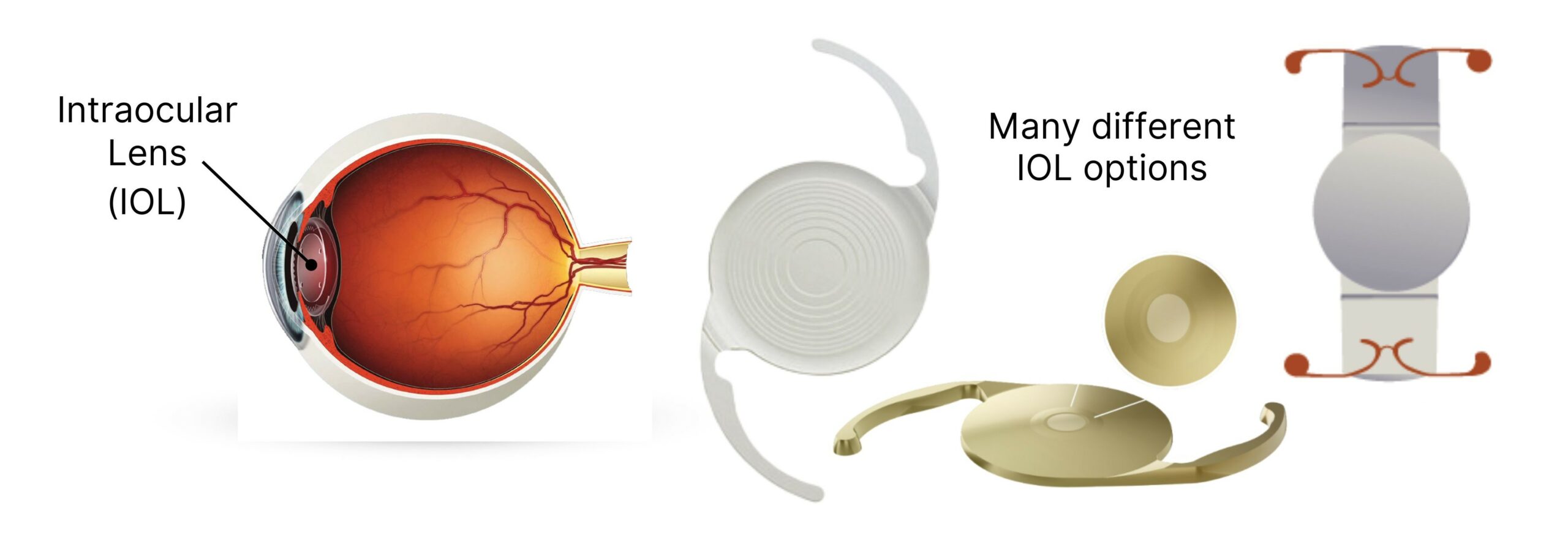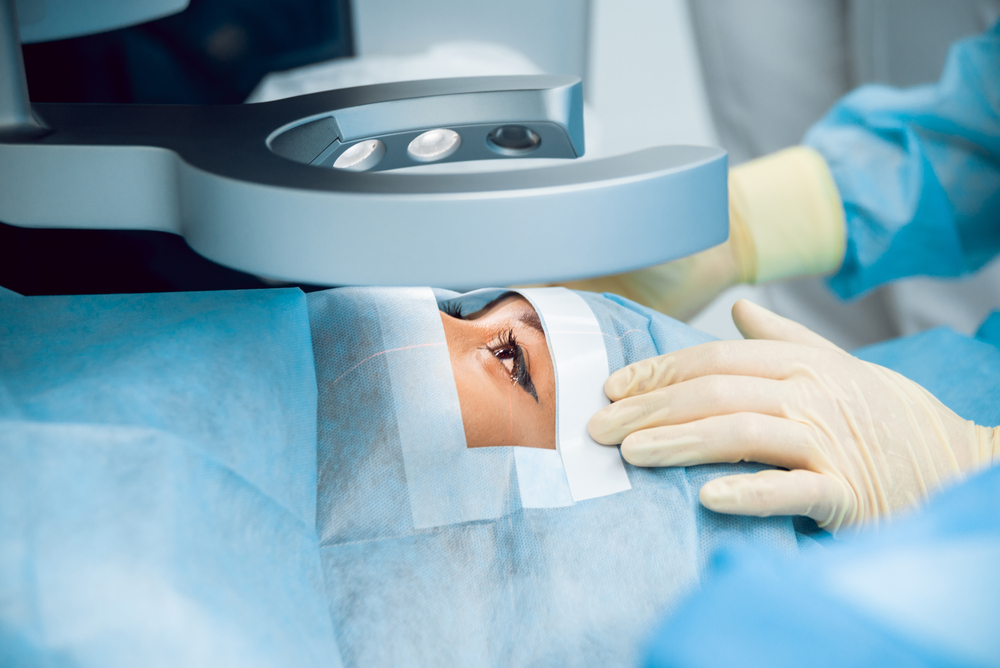Cataract Specialist
According to the National Eye Institute, about 50% of people have cataracts or have had cataract surgery by the time they’re 80 years old. If you’re experiencing poor and cloudy vision, visit the ophthalmologists of Tayani Institute with multiple locations in Orange County, California. Poor vision due to cataracts is especially common. Fortunately, there are effective treatments and ways to protect your vision from further damage. Click or call the location nearest you to book your personal consultation.
Cataract Q & A
What are cataracts?
The natural lens in your eyes bends light as it enters so you can see. The lens is normally flexible and clear. When the lens becomes cloudy, a cataract occurs.
A clouded lens prevents light from entering your eye and impairs vision. Cataracts can happen in one or both eyes and can lead to blindness if left untreated.
What causes cataracts?
Aging is the most common cause of cataracts. Over time with the aging process, the proteins present in your lenses break down causing clouded vision. This becomes especially problematic when the cloudy lens blocks all light from reaching your eyes.
Other causes of cataracts include:
- Diabetes
- A family history of cataracts
- Too much sun exposure
- Certain medications, such as corticosteroids
- Eye surgery, eye injury, or radiation treatments on the upper body
Cataracts can happen in children, often due to the way the lenses formed in their eyes before birth.
How are cataracts treated?
Typically, cataract treatment begins with conservative measures, such as new glasses or UV-protective sunglasses.
If these measures aren’t sufficient, the team might suggest surgery, where your surgeon carefully removes your clouded lens and replaces them with crystal-clear artificial lens.
You might choose to replace your natural lens with a standard mono-focal intraocular lens that restores clear vision at a single distance.
There are standard lenses, premium lenses, and multifocal lenses that restore clear vision at multiple distances. Your Tayani Institute surgeon can help you decide what’s best for you.
Cataract surgery is outpatient and usually takes around 10 to 20 minutes. The goal is to use ultrasonic energy inside your eye to fragment and break up the cataract to allow for its removal. Your surgeon then places the lens implant in your eye.
Typically, cataract surgery is performed on one eye at a time. If your other eye has a cataract, the surgery is performed anywhere between 2 weeks and 3 months following the surgery on your first eye.
Tayani Institute is the only surgery facility in South Orange County offering bladeless cataract surgery with the innovative the LenSx® femtosecond laser allowing for neater incisions, faster and more efficient surgeries, and a reduced recovery time.
Learn more about the technology, the procedure, and what you can expect by booking a consultation online today. You can also call Tayani Institute for more information.
What are the treatment options for cataracts?
Clear Lens Extraction (CLE)

In CLE, also referred to as Refractive Lens Exchange (RLE), the natural lens of the eye is removed and replaced with a silicone or plastic Intraocular Lens (IOL). This artificial lens corrects any existing nearsightedness, farsightedness, and astigmatism. CLE is an option for patients over the age of 40 wishing to get rid of their bifocals, trifocals or the hassle of carrying multiple pairs of glasses. CLE is also a good option for people with early-stage cataracts who want to avoid the need for cataract surgery in the future.
The Benefits of CLE
- Very fast recovery
- Excellent predictability of outcome
- Excellent quality of vision
- No Cataracts, Ever
- Multiple lenses to choose from to fit every lifestyle
Is Clear Lens Exchange (CLE) Right For Me?
CLE is a good option for people who:
- Are over the age of 40
- Have good overall eye health
- Are nearsighted, farsighted, or have astigmatism
- Are not good candidates for LASIK or other surgical vision correction procedures
- Want to improve their vision and reduce their reliance on glasses or contact lenses
- Have early-stage cataracts and want to avoid the need for cataract surgery in the future
RxSight™ Light Adjustable Lens (LAL)
The RxSight™ Light Adjustable Lens is the first and only intraocular lens (IOL) that can be customized after cataract surgery. The Light Adjustable Lens is made of a special photosensitive material that can be adjusted in response to ultraviolet (UV) light. This optimization is done by your eye doctor in the weeks following lens implantation through a series of non-invasive light treatments that take only a few minutes each. You will have the unique ability to adjust and preview your vision until it meets your personal desires and lifestyle requirements. The Light Adjustable Lens delivers superior vision outcomes that non-adjustable IOLs cannot match.
Light Adjustable Lens Fast Facts
- The first and only adjustable intraocular lens (IOL) that allows your physician to customize your vision after your cataract surgery
- Patients who received the Light Adjustable Lens followed by adjustments were twice as likely to achieve 20/20 vision at 6 months without glasses as those who received a standard monofocal IOL
- The cataract removal and IOL implantation procedure is the same as if you selected a non-adjustable IOL
- The Light Adjustable Lens is made of a special photosensitive material that changes the shape and power of your implanted lens in response to ultraviolet (UV) light
- You will have the unique ability to preview and compare possible vision outcomes based on your preferences and lifestyle requirements
- Light treatments that precisely reshape your implanted lens are delivered in your doctor’s office to adjust your vision to the desired target
- Light treatments are painless, non-invasive, and last approximately 90 seconds
- You may need 2 to 4 total light treatments over a period of 1 to 2 weeks to reach your vision goals
Please text Tayani Institute to 519519 to view a short video, or scan the QR code below.




